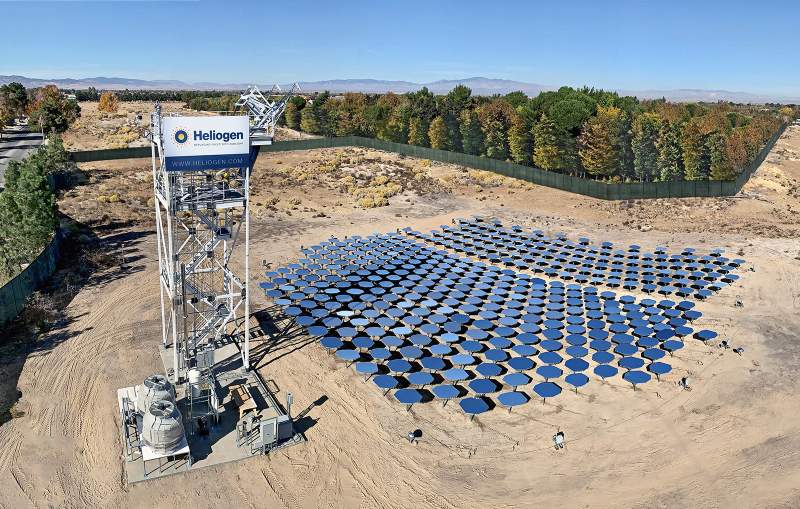Crash course in hardware standards for battery energy storage enclosures
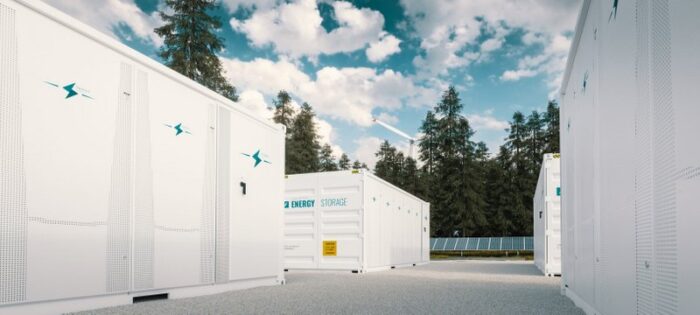
By Timothy Huo | With such a critical role in energy infrastructure, battery energy storage systems (BESS) need to be extremely reliable. If a BESS asset goes down on a low production day, it could mean rolling blackouts for an entire region. That’s why the enclosures that safeguard these systems need to meet strict standards to withstand the harshest environmental conditions and safely contain failures when they occur.
For an enclosure to pass rigorous testing, every component on that enclosure must be trusted not to fail. Let’s explore some of these standards and considerations, the environments they are used in, and the hardware that can help meet them.
UL 50E: Protecting enclosures from water, dust & corrosion
Outlining specifications for enclosures in non-hazardous environments with environmental considerations, UL 50E covers gasket compression, fastener performance, and other factors that protect an enclosure from the elements.
Its goal is to withstand everyday wear caused by water, pollution, dust, and corrosion. Naturally, the most vulnerable parts of an enclosure are the doors and access panels, so designers need to get the hardware right to make sure their enclosure meets this standard.
One of the most reliable ways to meet this standard is with a strong compression latch and quality gasket.
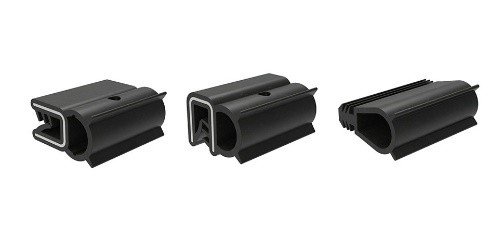
However, keep in mind that the larger and thinner your panel is, the more likely it is to flex under compressive force.
This flexing can open small gaps between the panel and gasket if not addressed in design, and often the best way to solve this problem is with a multi-point compression system. It provides simultaneous compressive force at numerous places across the edges of a panel, giving it less room to disperse and flex before another latch reinforces it.
Additionally, even if an enclosure is sealed against water and dust, that protection won’t last forever if the panel’s hinges cannot also withstand those conditions.
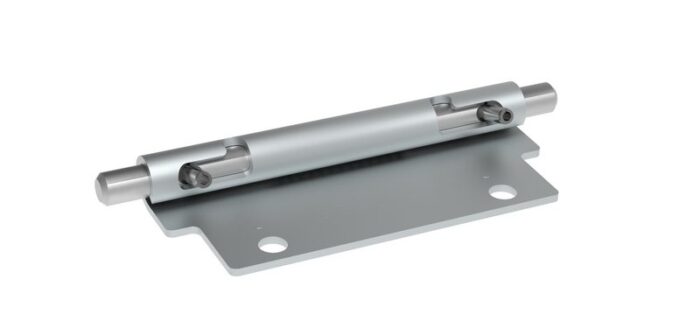
Just as a chain is only as strong as its weakest link, an enclosure is only as secure as its weakest component. Designers need to ensure that there are no weak spots that the elements can erode over time, from latch to hinge.
IP65, IP66 – Fine particle and water jet protection
In environments where fine particles like sand or dust in the atmosphere are common, IP65 is a critical rating to achieve. These particles cause abrasive wear for hinges and other moving parts, shortening their lifespan and preventing smooth operation. This rating also resists low-pressure water spray, so installations near open water have some protection.
For applications that need additional protection from water, IP66 devices resist strong water jets, such as heavy rain, hoses, and waves. This rating is the preferred one for outdoor industrial equipment like BESS installations.
Sealed latching solutions like the Southco F2 Compression Latch System are an ideal option for meeting these ratings and protecting your BESS enclosure from the elements.
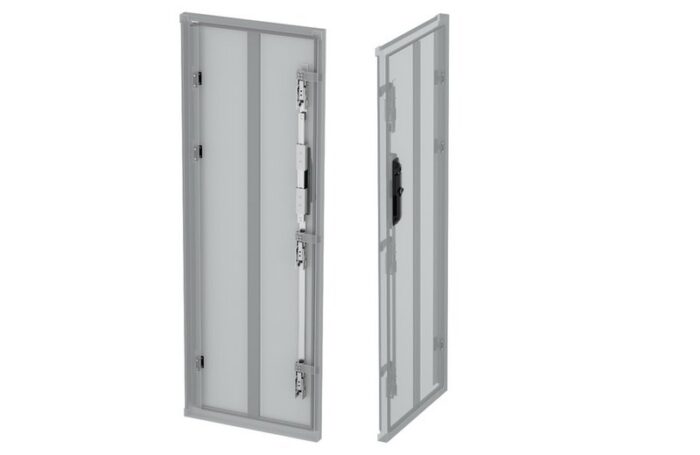
Explosion resistance
While specific regulations for explosion resistance are uncommon, it may be the most important quality in a battery enclosure.
While other regulations work together to prevent an arc explosion from happening in the first place, in the event of catastrophic battery failure, the enclosure and its door are the last line of defense between contained damage and total system collapse.
This is where the right access hardware is absolutely critical. Panels are the only parts of the enclosure designed to open, and are the most likely point of failure. They need to be strongly secure.
To achieve this, manufacturers need a trusted partner to help develop a strong, reliable access system for their panels. The forces at work here are so strong that a standard latch may not be enough. Some systems even have a series of sturdy hooks that latch into the frame, dispersing energy throughout the enclosure without breaking.
Finding a partner that can laser-focus on this issue and design the right system for the job can stop an accident from becoming a catastrophe in a battery energy storage system.
UL 94 – Fire protection
The UL 94 standard covers flammability for certain plastics based on their burning behavior. Those that have seen a lithium-ion battery fail should know exactly why this is important for BESS enclosures.
With so many battery enclosures close together, if one fails, the surrounding enclosures need to be protected from that failure. Damage from a fire in a single enclosure can damage surrounding ones, causing a chain reaction that damages the entire system.
In terms of flammability, the gasket is the most likely point of failure, so it needs to withstand the heat of battery failure. Make sure gaskets in electrical enclosures are durable enough that fire and heat don’t escape through gaps in the access panel.
Security and monitoring
Finally, in addition to all the environmental considerations, designers need to plan for the human factor. Battery energy storage systems are often built in remote locations without a consistent human presence to monitor them. In these conditions, it falls to hardware to prevent entry from curious passersby or worse, vandals.
Luckily if designers have followed the safety standards above, they are already prepared for this kind of tampering. One of the best ways to prevent forced entry is with a multi-point latching system, the same kind that achieves UL50 E compliance and explosion resistance.
Multi-point latching systems make it difficult for attackers to gain entry by hiding the points where the frame is secured to the door, so they don’t know where to pry. Even if they happen to find one latch, the other latches in the system keep the door secure while under attack.
While locks only guarantee a certain level of security, making these panels harder to access can be a significant deterrent to theft and vandalism. In more remote locations, electronic monitoring and access control can also be a massive asset. Keep an eye out for hardware with integrated sensors or, even better, remote access sharing.
Protecting the future of energy
While the renewable energies industry is expanding across the globe, battery energy storage systems are in their infancy compared to traditional energy infrastructure. At this stage, reliability is the most important factor when it comes to earning public trust, and these standards combine to form an enclosure that can easily withstand its environment and resist the powerful forces at work in the case of battery failure.
This means that every component of the enclosure needs to withstand the environment they are placed in over time, from the latch to the hinge. If even one part of the enclosure fails, the security of the entire structure can be compromised.
Having the right access hardware can make all the difference when enclosures are tested in extreme environmental conditions. Demonstrating reliability and resilience through both design and operation will pave the way for even more growth in the future as the public sees the benefit of BESS. When designers follow these standards and ratings, they can ensure that the future of energy infrastructure remains bright.
Timothy Huo is a fifteen-year veteran of the hardware industry, working in engineering, sales, and business development for Southco, Inc. He’s currently Southco’s Business Development Manager for the greater China area.



